
Lynda Charters
Articles by Lynda Charters


The study findings indicated that lifestyle changes associated with the COVID-19 pandemic were connected to an increase in childhood astigmatisms.

Results from a recent study led researchers to advise clinicians of the potential for dystrophies that mimic age-related macular degeneration and other atrophic macular pathologies to be incorrectly diagnosed, which can impact treatment.

The authors concluded that patients with autoimmune hyperthyroidism who used cannabis had a significantly increased risk for TED outcomes in the 1-year interval.

A total of 43 patients who recovered from the SARS-CoV-2 infection with mild pneumonia were included along with 45 healthy individuals.

Additionally, the prognosis of macular edema may help clinicians evaluate renal function, investigators reported.

Cationic emulsion drops are characterized by their ability to retain cyclosporine A on the ocular surface.
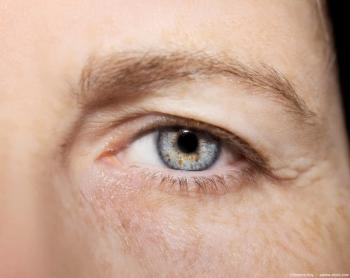
A recent study assessed the effect of a modified TCLB procedure that added deframing and decompression maneuvers to the LOFC and its support structures to obtain better results for both the lower and upper lids.

Researchers set out to determine the age groups for which a polygenic risk score would most effectively predict glaucomatous risk and help inform cost-effective methods for disease detection.

A first-of-a-kind cross-sectional study at an outpatient clinic in China found that patients diagnosed with allergic conjunctivitis possess very little knowledge about the disease.
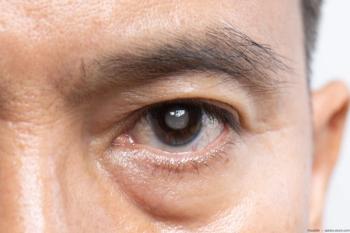
Persistent ocular surface dysfunction after cataract surgery impacts patient satisfaction despite 20/20 vision, with pre-op screening and tailored care being key components.

Discovery may lead to new treatment options for dry eye disease.
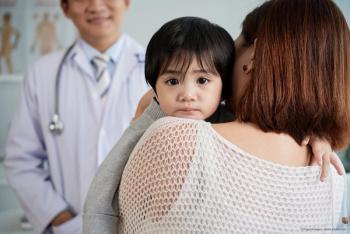
The research team conducted a prospective study to assess any barriers to parental compliance with vision testing in preschoolers aged 3 to 6 years in hopes of catching amblyopia earlier.

Attention to patients' near visual needs is warranted when choosing medications.

Annual reports of the occurrence of adverse effects associated with the use of cosmetics increased from 2006 to 2018, then decreased from 2018 to 2021.

Optical coherence tomography angiography (OCTA) was performed in all participants; the choroidal and retinal changes were examined and recorded.
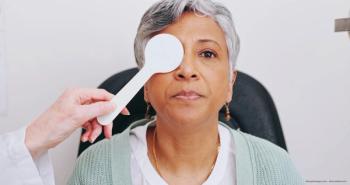
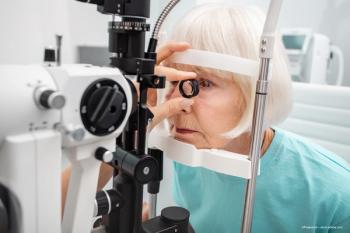
DRSS results remained stable or improved with OKT-TKI, and the drug was well-tolerated in the study.

Scleral lens choice led to marked improvements of HOAs caused by radial keratotomy-induced scarring and corneal shape irregularities.
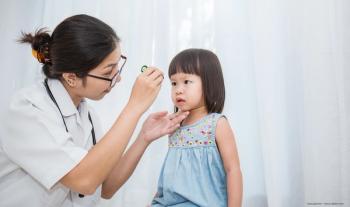
The longitudinal study found that visual function and BCVA decreased with an increasing incidence rate of moderate and severe visual impairment for patients with high myopia.

Following the switch from multifocal to single-vision contact lenses, axial elongation increased by 0.03 mm/year, and myopia progressed at a rate of −0.17 D annually after switching to single-vision lenses.

The investigators used National Health and Nutrition Examination Survey data in a cross-sectional study to determine the association between Dietary Inflammatory Index and non-refractive visual impairment from diseases other than cataract and age-related macular degeneration.

Nocturnal hypoxia could be a new additional modifiable risk factor for nAMD.
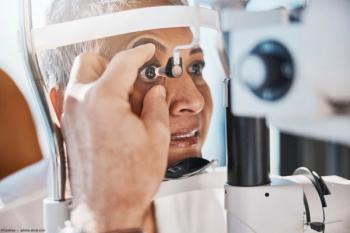
Educational material available include downloadable fact sheets, glaucoma financial assistance resources, shareable social media graphics, and a dedicated webpage.

The 98 patients included in the study were from a retina outpatient clinic and were using 0.3% ofloxacin eye drops as prophylaxis against infection.

The rationale was that commercial mydriatics administered during retinopathy of prematurity (ROP) screening have been associated with cardiorespiratory and gastrointestinal adverse events.

After reviewing information collected on a patient database, the team suggested telephone prompts for patients with mental health concerns, text message reminders, and online educational tools to improve uptake to increase eye screening attendance.


Brolucizumab significantly improves anatomic parameters of patients with diabetic macular edema.

Researchers described the presence of multiple bilateral serous retinal detachments (SRDs) found in 3 women after they used hair dyes.




.png)


